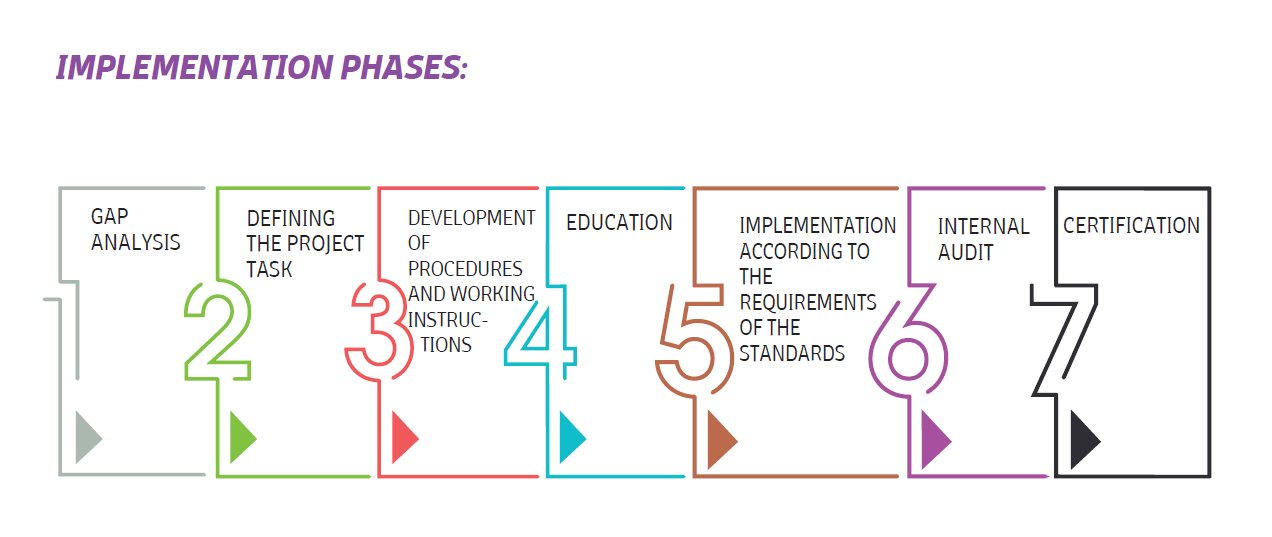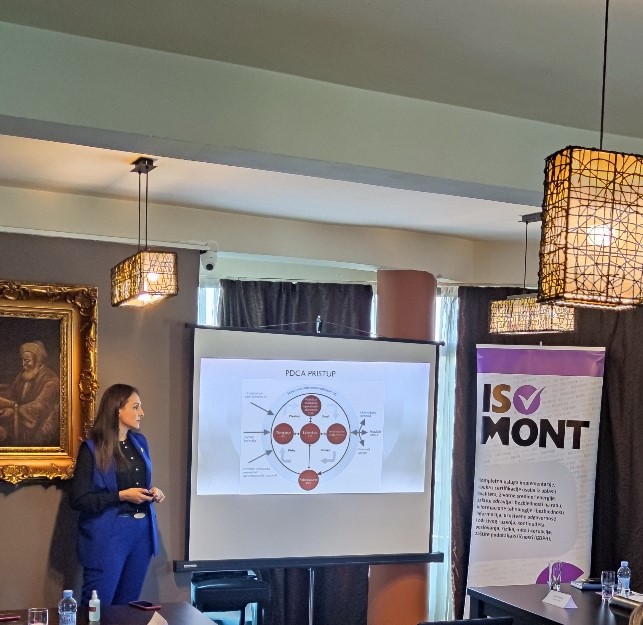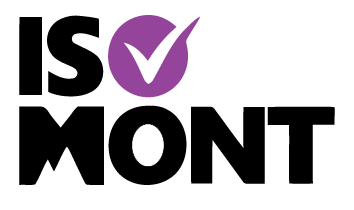ISO Organization and ISO Standards
ISO (International Organization for Standardization) and IEC (International Electrotechnical Commission) together form a specialized system for standardization worldwide. National bodies that are members of ISO or IEC participate in the development of international standards through technical committees, which are established by recognized organizations to address specific areas of technical activities. ISO and IEC technical committees collaborate in areas of mutual interest. Other international organizations, both governmental and non-governmental, also participate in these activities in collaboration with ISO and IEC. In the field of information technology, ISO and IEC have established a joint technical committee, ISO/IEC JTC 1. The output of ISO organization is ISO standards.
ISO standards are strategic tools and provide guidance to organizations to ensure that their operations are as efficient as possible, enabling them to respond to the most demanding challenges of modern business and to access new markets more easily. End customers and service users expect the products they purchase to meet all their requirements and needs in terms of quality. For this reason, only those companies that value quality and customer satisfaction can be considered successful organizations.
The new edition of standards has a high-level structure called Annex SL.
What is Annex SL (High-Level Structure)?
Annex SL is the biggest change that has come to ISO standards (management systems) in recent years. Annex SL is a high-level structure (HLS) described in ISO/IEC Directives, Part 1, which provides authors of standards with guidelines that include a generic structure of requirements, as well as common terms and definitions.
Annex SL provides a new high-level structure for ISO management system standards, replacing the historical ISO Guide 83 and expanding on the already applied common structure. The high-level structure offers a more consistent framework for popular management system standards and enables better integration of management systems using two or more ISO standards.
Many organizations aim to have a management system that covers the requirements of quality, environment, and information security based on ISO 9001, ISO 14001, and ISO/IEC 27001 standards. With each of these ISO standards based on Annex SL, it becomes easier to integrate different requirements into one integrated management system.
Therefore, the aim of defining the high-level structure is to introduce an identical core text and common terms for management systems, as it will:
- Simplify standards
- Encourage standardization
- Facilitate the integration of management systems
The new structure of high-level clauses (Annex SL) includes the following clauses (chapters):
1) Scope – defining the applicability boundaries of a specific standard (specifying which organizational parts the standard applies to).
2) Normative References – listing normative references from the latest edition of the reference document.
3) Terms and Definitions – providing specific terms and definitions used in the particular standard, aiming to clarify the requirements for better understanding by end users.
4) Context of the Organization – requiring an understanding of issues that can positively or negatively impact the organization and its ability to achieve planned results. It includes internal and external issues, needs and expectations of interested parties, and boundaries for determining the scope of the management system.
5) Leadership – emphasizing the role of top management, such as the executive director or other senior executives, and their ability to demonstrate leadership. It includes requirements such as establishing an organizational policy and defining clear roles, responsibilities, and authorities to achieve planned results.
6) Planning – encompassing organizational planning for implementing the management system and achieving planned outcomes, taking into account risks, opportunities, and actions to address them. Additionally, this clause involves the need to define organizational objectives and plan changes.
7) Support – providing all necessary support to implement the plan and carry out changes. This clause includes support in terms of resources, competence, awareness, communication, and documented information


PDCA cycle

1. Plan
Planning establishing the objectives of the system and its processes, as well as the resources needed to deliver results in accordance with customer requirements and organizational policies, identifying risks and opportunities.
2. Do
Do implementing what has been planned
3. Check - Verify
Monitoring and measuring processes and the resulting products and services against plans and policies.
4. Act - Take action
Taking measures to improve performance if necessary.

Implementation of ISO standards
IMPLEMENTATION PHASES

The benefits of implementing ISO standards include: providing top management with an efficient way to manage processes; determining roles and responsibilities of employees throughout the organization by explicitly stating who is accountable for each process or procedure; projecting a positive image and sending clear messages to employees and customers/clients to work on themselves; enhancing and improving processes through time savings and increased efficiency; highlighting deficiencies and enabling easier and faster resolution through corrective measures; reducing costs by increasing efficiency.
Our goal is to assist organizations in aligning their business processes with the requirements of ISO standards, which represent globally recognized best practices. This will help them navigate challenges and demands they face on a daily basis more easily. Our consultants utilize their extensive multi-year experience gained from engagement in the most demanding and complex projects both domestically and internationally. They work towards improving processes across various industries and contribute to overall business operations and the business environment in the country and the region. The operating principle of Isomont doo is based on the PDCA cycle, a four-step tool that ensures continuous improvement in the quality of all our services.




